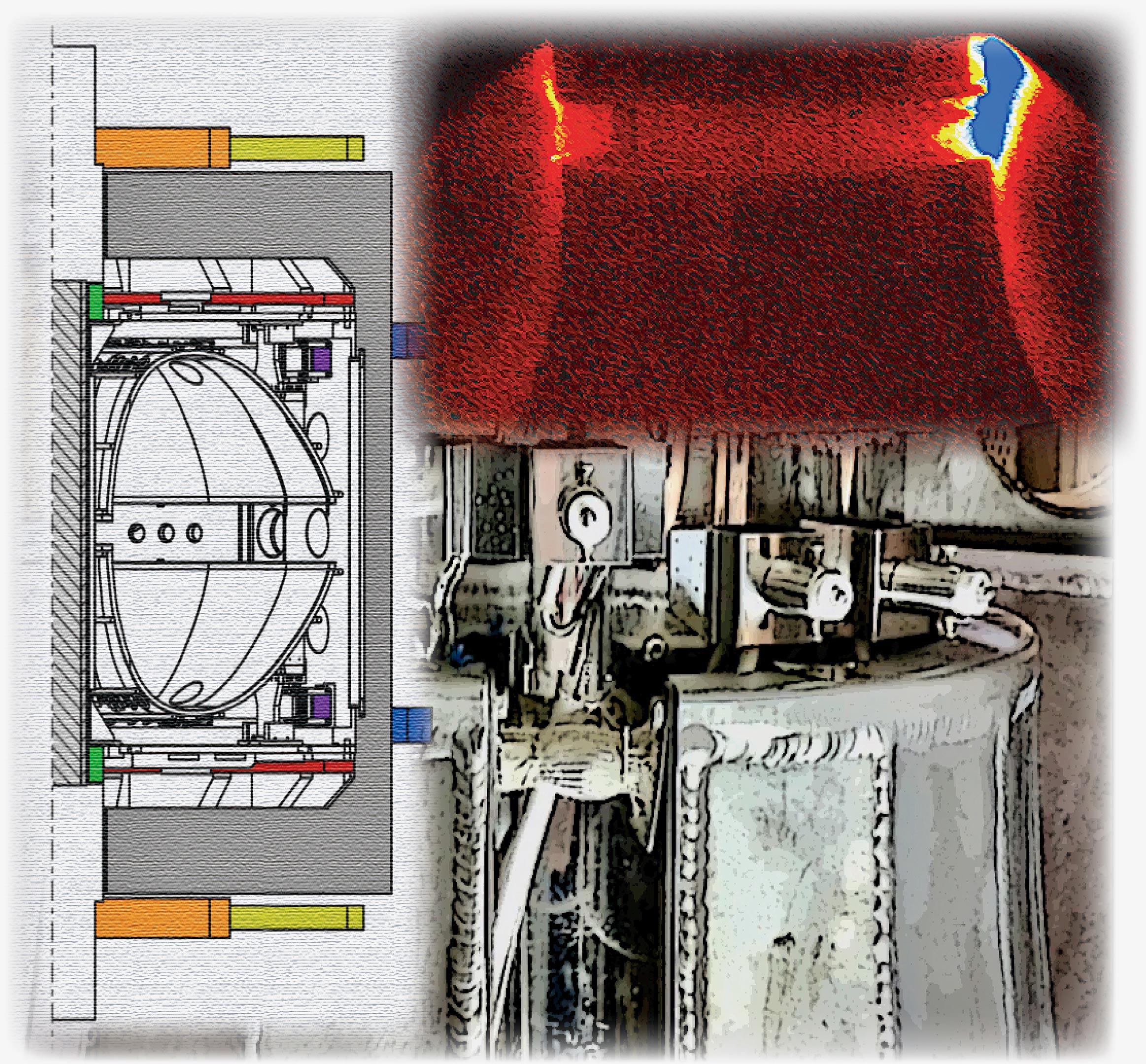Managing Heat at 100 Million Degrees: Regulating Fusion Plasma in the Sun's Inferno

Researchers at Kyoto University have developed a model to predict and control the rotational temperatures of hydrogen molecules in fusion reactors. This discovery aids in cooling plasma and optimizing the performance of fusion devices, offering insights for future advancements in fusion power generation.
An international team of researchers has discovered a method to predict and control the rotational temperatures of hydrogen molecules in fusion reactors.
Humans may never be able to tame the Sun, but hydrogen plasma — making up most of the Sun’s interior — can be confined in a magnetic field as part of fusion power generation: with a caveat.
The extremely high-temperature plasmas, typically as high as 100 million degrees Celsius, confined in the tokamaks — donut-shaped fusion reactors — cause damage to the containment walls of these mega devices. Researchers inject hydrogen and inert gases near the device wall to cool the plasma by radiation and recombination, which is the reverse of ionization. Heat load mitigation is critical to extending the lifetime of future fusion device.
Understanding and predicting the process of the vibrational and rotational temperatures of hydrogen molecules near the walls could enhance the recombination, but effective strategies have remained elusive.
Rotational temperatures of hydrogen molecules desorbed from plasma-facing surface was measured in three different tokamaks; the increases of the temperature due to collisional-radiative processes in the plasmas were also evaluated. Credit: KyotoU Global Comms/Taiichi Shikama
An international team of researchers led by Kyoto University has recently found a way to explain the rotational temperatures measured in three different experimental fusion devices in Japan and the United States. Their model evaluates the surface interactions and electron-proton collisions of hydrogen molecules.
“In our model, we targeted the evaluation on the rotational temperatures in the low energy levels, enabling us to explain the measurements from several experimental devices,” adds corresponding author Nao Yoneda of KyotoU’s Graduate School of Engineering.
By enabling the prediction and control of the rotational temperature near the wall surface, the team was able to dissipate plasma heat flux and optimize the devices’ operative conditions.
“We still need to understand the mechanisms of rotational-vibrational hydrogen excitations,” Yoneda reflects, “but we were pleased that the versatility of our model also allowed us to reproduce the measured rotational temperatures reported in literature.”




